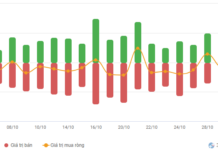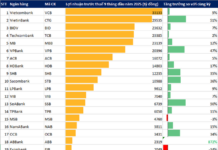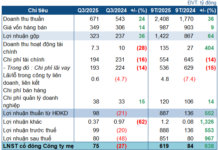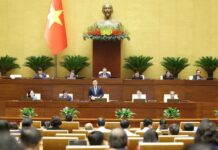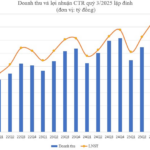
Prime Minister Pham Minh Chinh chaired a government meeting on the implementation of Central and National Assembly resolutions regarding the organization and operation of the two-tier local government system. Photo: VGP/Nhat Bac
|
During the meeting, delegates provided objective and comprehensive assessments, thoroughly analyzed challenges, identified urgent issues, reviewed task progress, and proposed focused, feasible solutions to address bottlenecks. They also emphasized the need for seamless inter-ministerial coordination.
In his concluding remarks, Prime Minister Pham Minh Chinh urged all ministries, agencies, and localities to vigorously implement the two-tier local government system with high determination and effort. He stressed the importance of completing assigned tasks promptly and reporting progress weekly every Wednesday.

Prime Minister: All bottlenecks in the two-tier local government system must be resolved by the end of 2025. Photo: VGP/Nhat Bac
|
After nearly four months of implementation, the two-tier local government model has shown progress, particularly in streamlining online procedures and reducing intermediary steps, the Prime Minister noted.
The Government and Prime Minister have proactively issued over 140 decrees, resolutions, directives, and decisions to address challenges and improve policies, especially in key areas. Ministries and localities have issued synchronized guidelines, demonstrating high responsibility, proactiveness, and creativity in implementation.
To date, 99.99% of retired officials have received their benefits; 100% of communes, wards, and special zones have opened accounts for salary payments via the State Treasury; 17,595 surplus land and property assets have been processed; 3,143 commune-level administrative units (94.6%) are fully equipped; over 83% of local administrative procedures are processed online; and technical infrastructure and personnel meet basic requirements.
Regarding decentralization, 56% of tasks have been delegated to local authorities, reducing bureaucracy and enhancing autonomy. However, further efforts are needed in administrative reform, digital infrastructure, and data connectivity. Knowledge gaps among officials in management, law, technology, and digital transformation remain challenges in serving citizens and businesses.
Moving forward, the Prime Minister directed ministries to refine policies and urgently revise legal documents to align with the two-tier system. The Ministry of Home Affairs, in collaboration with the Ministry of Justice, must submit a feasibility report on decentralization to the Government, Prime Minister, Politburo, and Party Secretariat by December 15.
The Ministry of Home Affairs will guide the development of job positions for the two-tier system, ensuring timely and effective implementation tailored to specific localities. A resolution on administrative unit standards and a decree on urban classification will be issued to optimize staffing.
The Prime Minister also called for completing organizational restructuring and personnel adjustments by November, ensuring officials match job requirements. Ministries must enhance training and self-improvement initiatives. Weekly reports on administrative procedure simplification are required, with the Government Office overseeing approved plans.
Ministries must accelerate data integration and digitization. The Ministries of Education, Health, and Agriculture will prioritize reducing paper-based records. The Ministry of Science and Technology will ensure IT infrastructure supports data sharing and administrative services.
Strict oversight will address delays, with the Ministry of Finance and Construction ensuring adequate funding for facilities and equipment. Vietnam Electricity and telecom providers (VNPT, Viettel) must eliminate signal and power dead zones by year-end.
The Prime Minister emphasized clear task assignments (6 clarities: person, task, timeline, responsibility, authority, and outcome) to resolve all issues by year-end, ensuring efficient two-tier local government operations.
– 8:50 PM, October 29, 2025
Resident Deposits in Credit Institutions Reach 8 Quadrillion Dong
Data from the State Bank of Vietnam reveals that, to date, resident deposits in credit institutions have reached approximately 8 quadrillion VND, marking a nearly 13% increase compared to the same period last year.
HDBank Surpasses 14,800 Billion VND in 9-Month Profit, Maintains Lead in Profitability, Dividends, and Bonus Shares Up to 30%
HDBank (HOSE: HDB) has reported a consolidated pre-tax profit of VND 14,803 billion for the first nine months of 2025, marking a 17% year-on-year growth. The bank continues to lead the industry in profitability metrics, boasting an impressive ROE of 25.2% and ROA of 2.1%, underscoring its operational efficiency and robust financial foundation.
Keynote Address by General Secretary To Lam at the University of Oxford
As part of his official visit to the United Kingdom of Great Britain and Northern Ireland, General Secretary To Lam delivered a pivotal policy address at the University of Oxford, a leading academic and research institution in the UK. His speech outlined a vision for the Vietnam-UK relationship framework and highlighted Vietnam’s innovative development trajectory during this era of national ascent. The Government’s Electronic Information Portal is honored to present the full text of General Secretary To Lam’s address.


